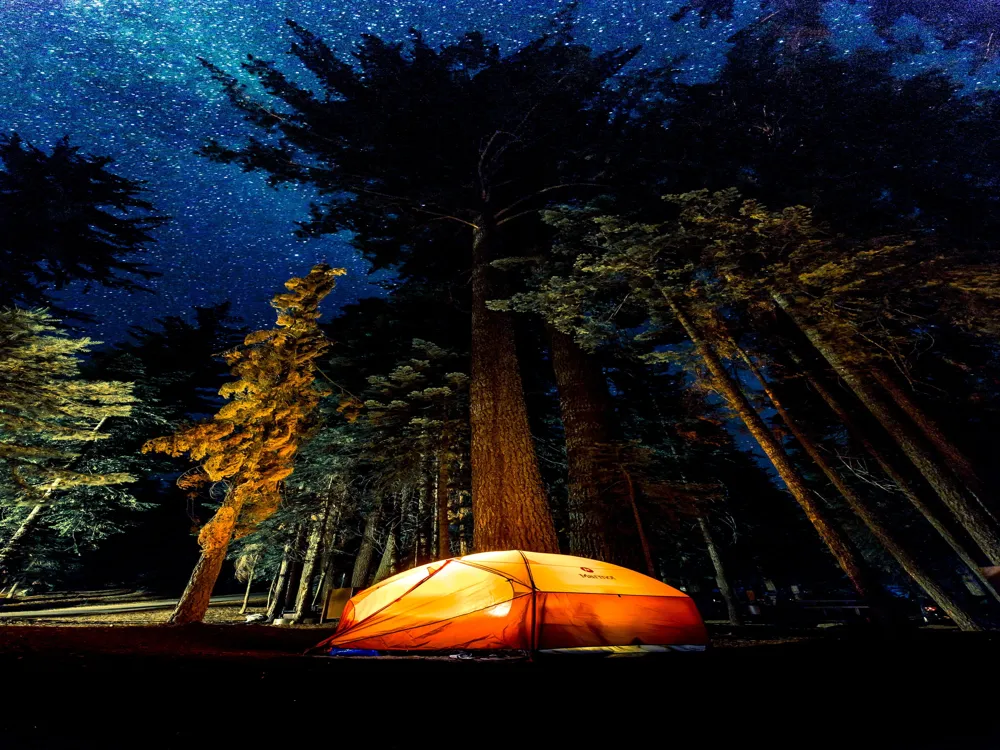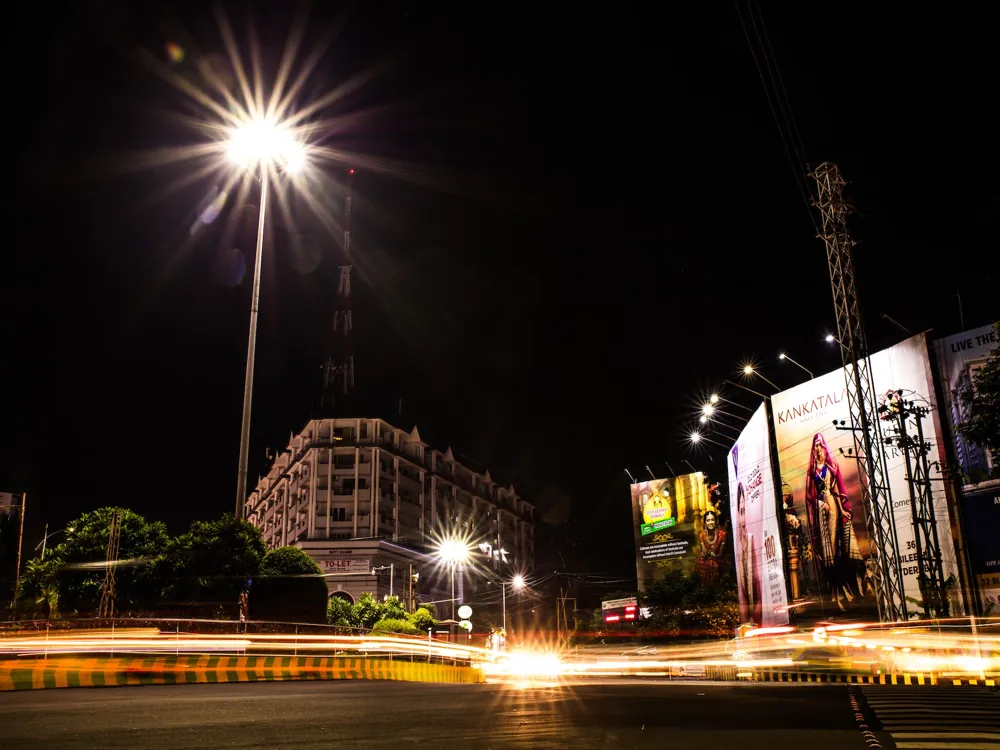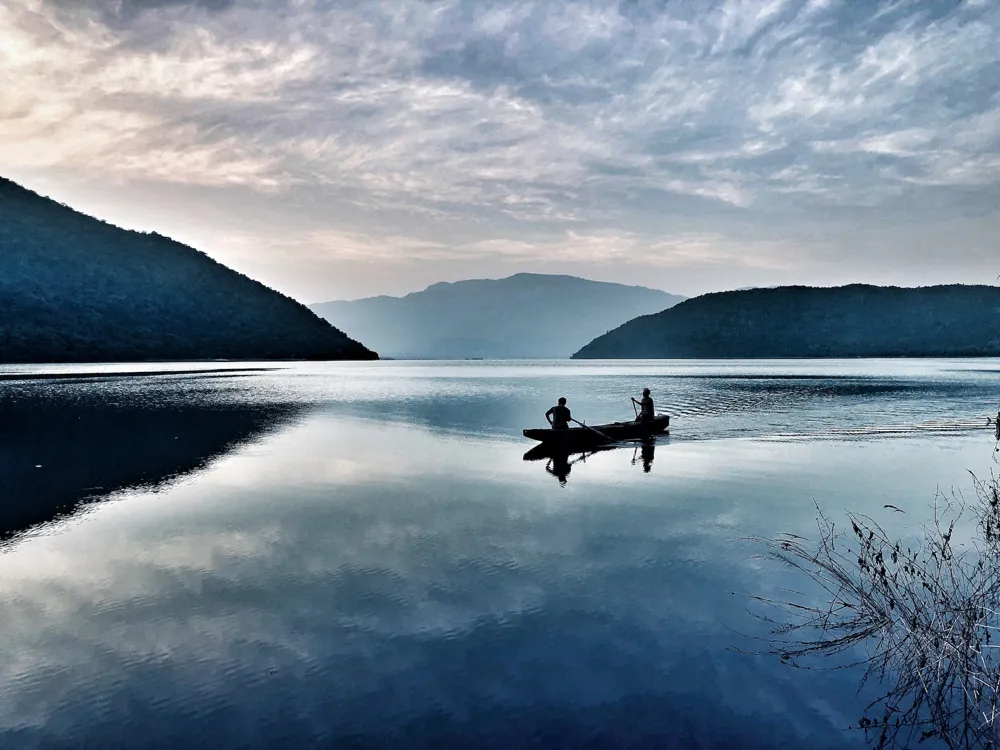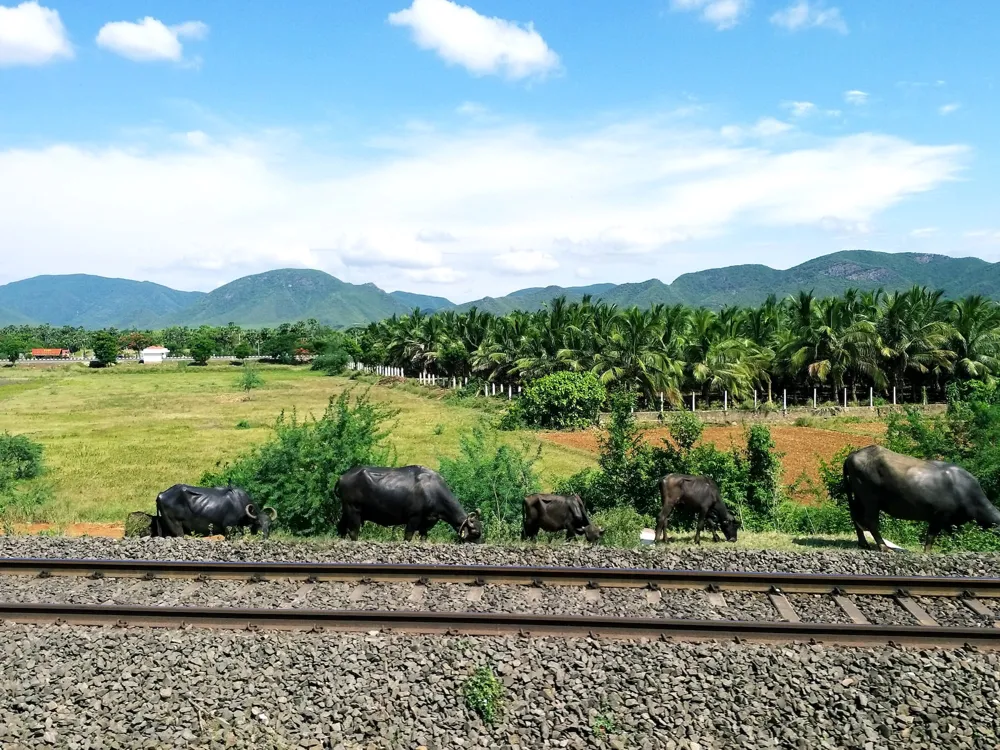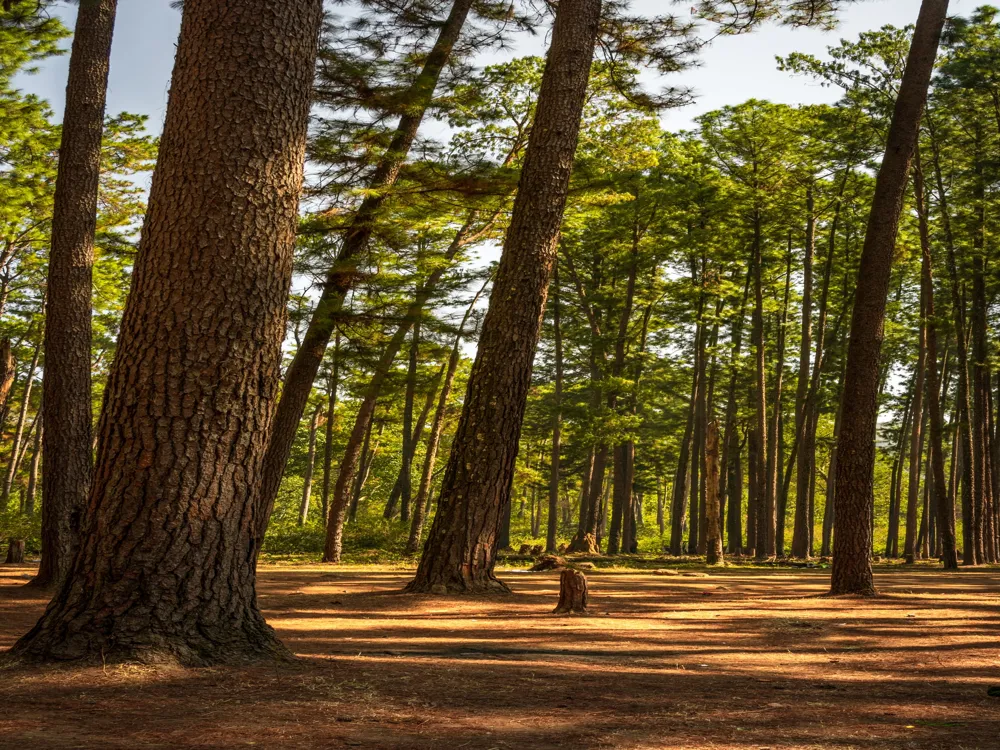Nestled in the lush landscapes of Andhra Pradesh, the Ananthagiri Hills present a picturesque and serene getaway for nature lovers and adventure seekers alike. This hidden gem, located in the Eastern Ghats, is known for its breathtaking vistas, rich history, and vibrant biodiversity. The hills are not only a haven for trekkers and campers but also hold a special place in the hearts of those seeking spiritual solace, thanks to the ancient temples dotting the region.
The journey through Ananthagiri is a tapestry of diverse experiences. As you traverse the winding paths, you are greeted by the refreshing aroma of coffee plantations, a staple of the region's agrarian culture. The hills are also home to numerous streams and waterfalls, with the most famous being the Katiki Waterfalls, a spectacular sight especially during the monsoon. For wildlife enthusiasts, the dense forests of Ananthagiri are a treasure trove, hosting a variety of flora and fauna, including rare medicinal plants and exotic bird species.
Ananthagiri's historical significance is as rich as its natural beauty. The region's name, 'Ananthagiri', has mythological roots, believed to be the site where Lord Anantha Padmanabha rested during his journey. This historical and spiritual legacy is evident in the ancient temples like the Anantha Padmanabha Swamy Temple, which attracts devotees from all over the country.
The climate in Ananthagiri Hills is pleasant throughout the year, making it an ideal destination for all seasons. The monsoon months, from June to September, bring out the lush greenery of the hills, making it a photographer's paradise. Winters are mild and pleasant, offering clear skies and the perfect setting for camping under the stars.
With its untouched natural beauty, rich cultural tapestry, and serene ambiance, Ananthagiri Hills stands as a testament to the timeless beauty of Andhra Pradesh, waiting to be explored by those who seek to immerse themselves in nature’s lap.
The architecture of Ananthagiri Hills is a fascinating blend of natural landscapes and man-made structures, reflecting a history that spans several centuries. The region's architectural marvels are not just in the form of ancient temples but also in the intricate designs of tribal huts, colonial-era bungalows, and the contemporary structures that have come up in recent years.
The crown jewel of Ananthagiri's architecture is undoubtedly the ancient temples, with the Anantha Padmanabha Swamy Temple being the most prominent. This temple, believed to be several centuries old, showcases the traditional South Indian architectural style. It features intricate carvings, towering gopurams (temple towers), and beautifully sculpted pillars. The temple not only serves as a place of worship but also as a cultural hub, preserving ancient rituals and art forms.
Besides the temples, the colonial influence in Ananthagiri's architecture is evident in the old bungalows and rest houses built during the British era. These structures, with their sprawling verandas, high ceilings, and robust construction, speak volumes of the colonial lifestyle and their adaptation to the local climate.
In contrast to these historical structures, Ananthagiri also sees a wave of modern architecture in the form of eco-friendly resorts and cottages. These contemporary structures are designed with a focus on sustainability, blending seamlessly with the natural surroundings, and offering a comfortable stay without disturbing the ecological balance of the region.
The tribal villages in Ananthagiri present a different architectural narrative. The tribal huts, made from locally sourced materials like bamboo, mud, and thatch, are a testament to the sustainable living practices of the indigenous communities. These huts, with their unique design, provide natural insulation and are well-suited to the local weather conditions.
The architecture of Ananthagiri Hills is thus a tapestry that weaves together the past and the present, the natural and the man-made, showcasing a harmony that defines the essence of this enchanting region.
The ideal time to visit Ananthagiri Hills is during the monsoon and winter months, from June to February. The monsoon season enhances the natural beauty of the hills, making it perfect for photography, while winters offer clear skies ideal for camping and star gazing.
Overview of Ananthagiri Hills, Andhra Pradesh
Architecture of Ananthagiri Hills
Tips When Visiting Ananthagiri Hills
Best Time to Visit
Packing Essentials
Tyda Park
Ananthagiri Hills
Andhra Pradesh
NaN onwards
View ananthagiri-hills Packages
Weather :
Tags : Garden & Park
Best Time to Visit : October - February
Timings : Monday to Sunday: 9:00 AM - 6:00 PM
Planning a Trip? Ask Your Question
Ananthagiri-hills Travel Packages
View All Packages For Ananthagiri-hills
Top Hotel Collections for Ananthagiri-hills

Private Pool

Luxury Hotels

5-Star Hotels

Pet Friendly
Top Hotels Near Ananthagiri-hills
Other Top Ranking Places In Ananthagiri-hills
View All Places To Visit In ananthagiri-hills
View ananthagiri-hills Packages
Weather :
Tags : Garden & Park
Best Time to Visit : October - February
Timings : Monday to Sunday: 9:00 AM - 6:00 PM
Planning a Trip? Ask Your Question
Ananthagiri-hills Travel Packages
View All Packages For Ananthagiri-hills
Top Hotel Collections for Ananthagiri-hills

Private Pool

Luxury Hotels

5-Star Hotels

Pet Friendly










